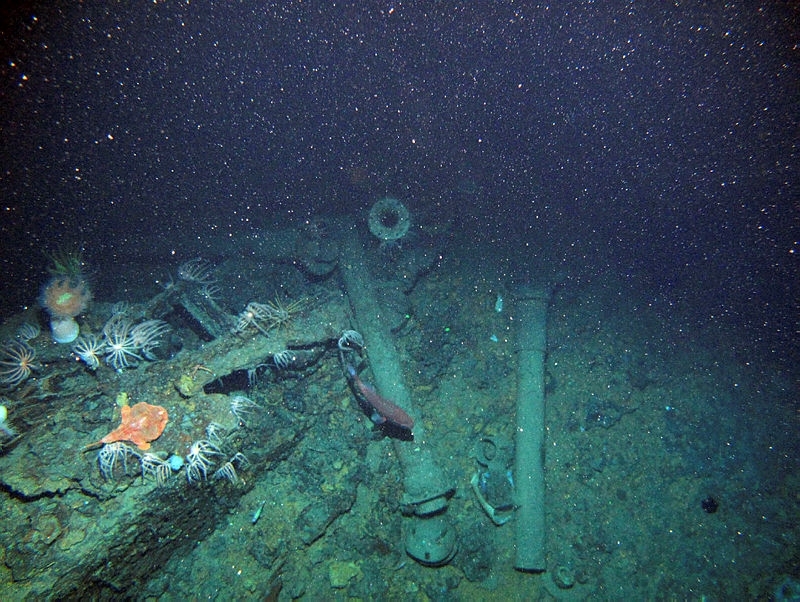World War I-era Australian Navy submarine discovered over a century after it mysteriously vanished
The 13th expedition sent to search the sub succeeded after 103 years of failed efforts.
One of the biggest naval mysteries for Australia has finally been solved with the discovery of the country's first submarine that served the Royal Australian Navy. The 800-tonne vessel, dubbed HMAS AE1, was one of the two E Class submarines built more than a century ago.
It was commissioned in February 1914 but could remain in service only for a few months and vanished mysteriously off Papua New Guinea's coast with as many as 35 crew members on board during World War I.
The disappearance of the vessel marked a major and one of the longest mysteries for the Australian Navy. However, after 103 years of failed efforts, the 13th expedition launched in search of the submarine came through. The wreckage of the vessel was found 1,000ft deep in waters near Papua New Guinea's Duke York Islands.
The successful search, which began on Sunday (17 December), was conducted using the Fugro Equator, a ship Australia previously used in the search for the missing Malaysia Airlines flight MH370, according to the AFP news agency.
The search team, led by retired rear admiral Peter Briggs, employed a plethora of technologies in the hunt. This included things like a magnetometer to magnetic disturbances, remotely controlled vehicles, and deep-drop cameras. The Australia government, the Australian National Maritime Museum and two maritime history organisations jointly funded the search.
Announcing the historic discovery, Australian defence minister Marise Payne said, "This is one of the most significant discoveries in Australia's naval maritime history... The loss of AE1 in 1914 was a tragedy for our then fledgling nation."
AE1, as Guardian notes, had been sent from Sydney to occupy German New Guinea in 1914. However, on 14 September that year, only a day after Germans surrendered the colony, the sub disappeared without sending out any warning signal or making any distress call. The crew members included Australians and Britons, the paper added.
Historians were not able to find a single trace of the vessel, not even the tell-tale sign of oil leaking out from it. But now, with its discovery, Payne hopes to investigate the cause that led to the demise of the submarine. She also said that the discovery will give a closure to the descendants of the lost crew members.
Briggs, who worked on the search, told the Australian that the possible cause of the vessel's disappearance could have been "a diving accident".
"The submarine appears to have struck the bottom with sufficient force to dislodge the fin from its footing, forcing it to hinge forward on its leading edge, impacting the casing," he reportedly said.
Meanwhile, Payne said that the Australian government is in talks with Papua New Guinea to arrange for a lasting commemoration of the sub and its crew at the site of discovery.




























